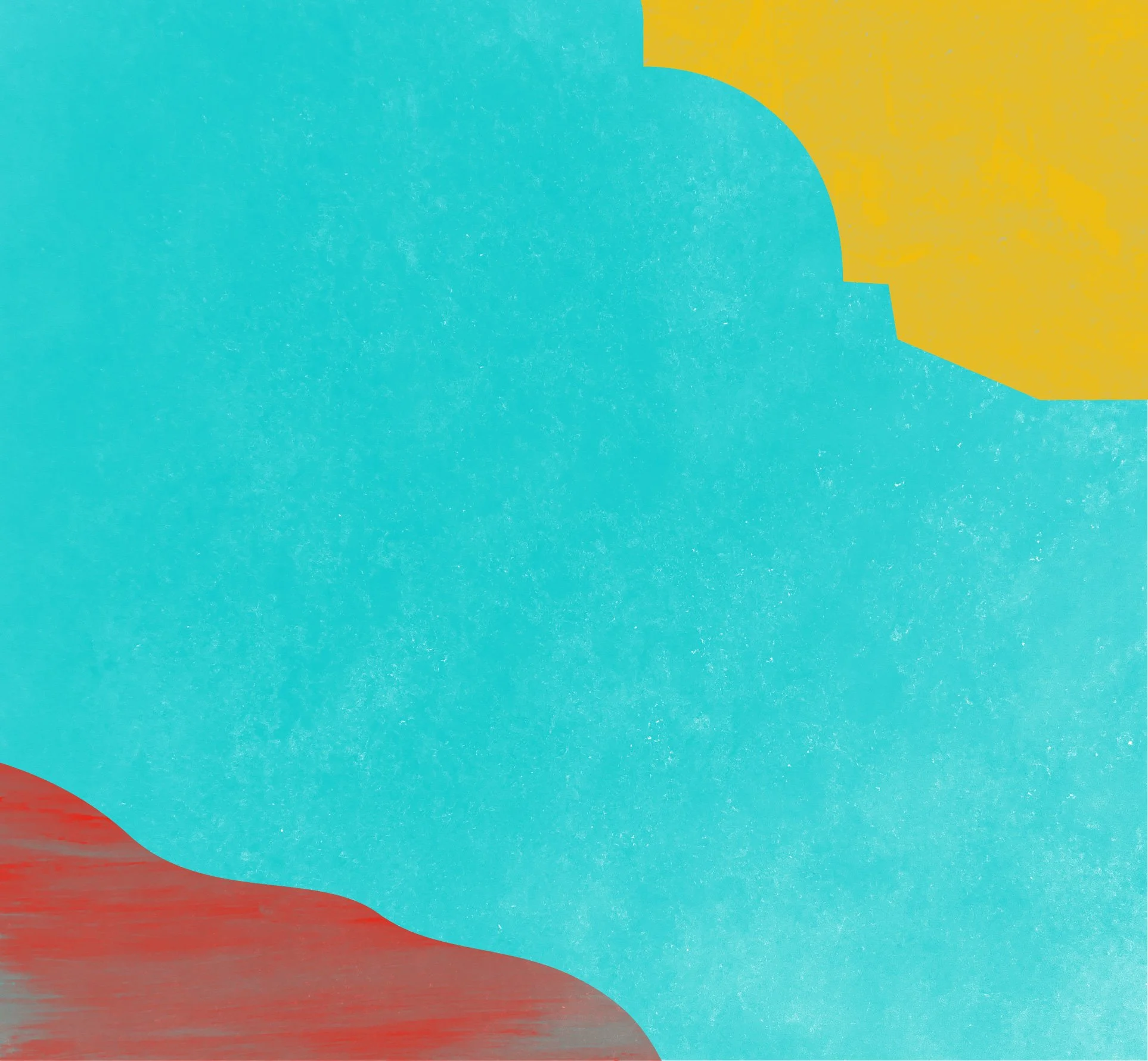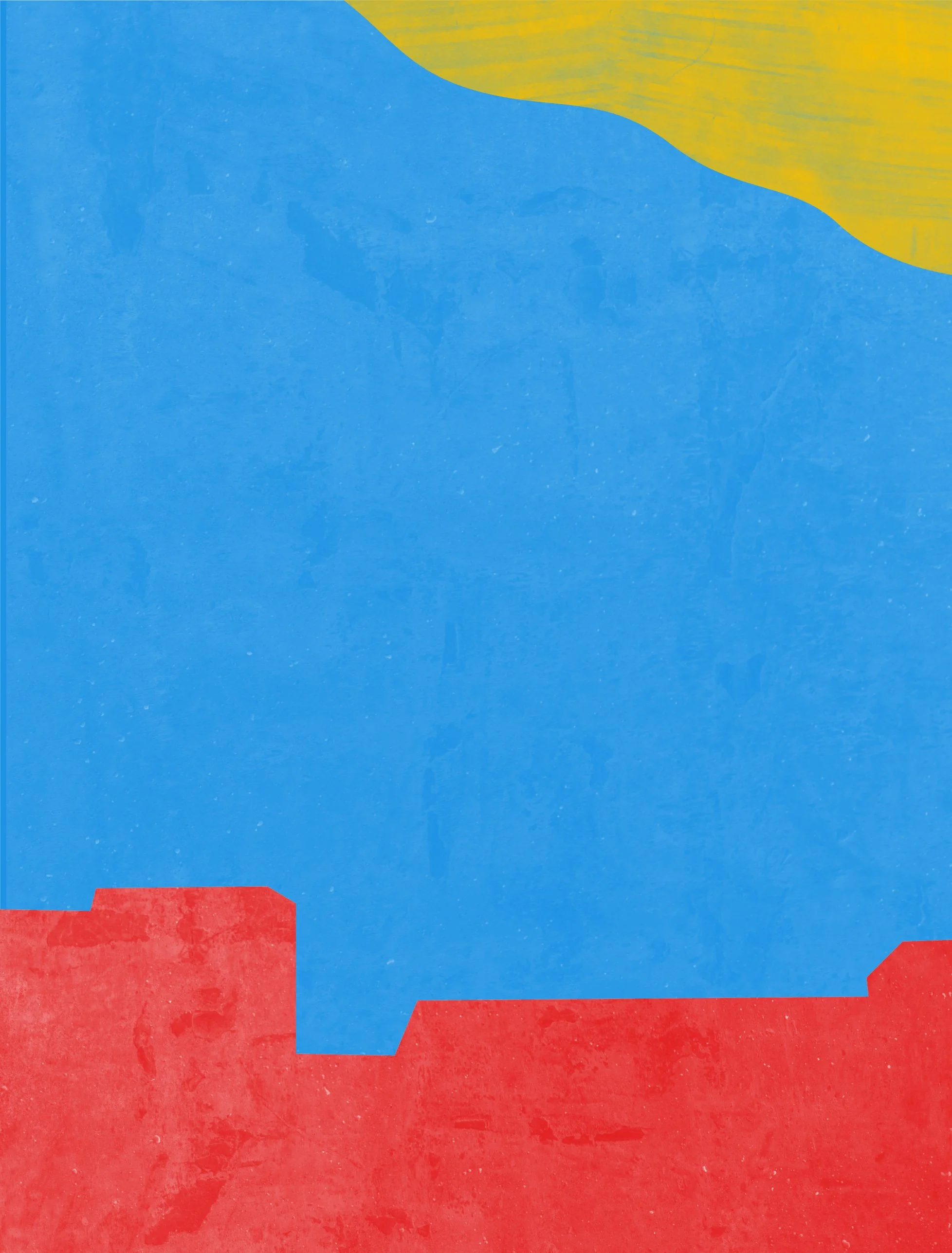
Our Creativity
Art + Activism = Change


-
Art has the power to transform people’s lives by changing our view of the world.
Connecting art to activism is our approach, built on our experience of how communities successfully challenge and change decisions damaging to climate change and nature where they face visible threats.
-
Our experience shows that we need new approaches to change the terms of the debate on the climate crisis. Like Banksy's Flower Thrower, or the murals on the Berlin Wall, art can reach people when the reality is difficult to grasp, buried in technicalities, or obscured by politics. Art is part of the place and part of the cultural fabric of where people live. It brings issues alive in people’s space in a way that much activism does not.
Connecting art to activism is our approach, built on our experience of how communities successfully challenge and change decisions damaging to climate change and nature where they face visible threats. Opening the conversation on climate change can be through art, where these threats are not visible. We then bring in expertise and technical support to community empowerment, so that communities have the tools to influence decisions and call for transformative rules and policy change.
We want to create a space for people and communities to voice what they are facing through art, and to be empowered to take real and decisive action to secure their future.
The Shorelines Hull project [link to the Impact Report] pioneered this art and activism approach to engage with communities in order to build a grass roots constituency for wider systemic change. [Link here to Rachel’s stuff web site, where the beings are magical film that sort of stuff]
Have a look at how the places we work are using art as activism.
Interested? Contact us to find out more.

-
We’ve worked with communities on planning for decades, and what we’ve learned is that people know so much about their place, but it doesn’t get heard, and there are few opportunities to actually think about their place and their community as a community. But we really need to think about our place given the climate and nature crises we face.
Our community mapping approach brings people together in a space – maybe a local community centre, faith centre or somewhere where you can eat and sit down and be warm. We make sure there is plenty of food and drink to feed the soul!
-
Our community mapping approach brings people together (any age can join in) in a space – maybe a local community centre, faith centre or somewhere where you can eat and sit down and be warm. We make sure there is plenty of food and drink to feed the soul!
Lots of tables are put together and we cover these with paper that we can then draw on – stitched together so that there’s plenty of space for everyone to gather round. Then we start with the “where we are” – and we put that in the middle of the Community Map as a drawing. Then the first question is – where are you, where is your home in relation to where we are now? These then get put on the map (sometimes arrows to show north south east or west if they’re far away!). We then start to fill in the map – how did you get here, routes, walking, cycling, the roads. As we take our journeys to the place we are, let’s think about the places that are important to us – local parks, allotments, the café, where you shop, the school or college and so on. These start to fill out the map and all sorts start to come to life in drawings or words.
The next step is to move from the present to the past. What used to be here? What was it like in the past? What have we lost? What have we gained? We start to get the sense of where we are in time, part of previous generations. At this point it’s usually a good idea to get pizza, cake and teas and coffees shared around. Conversations are overflowing, but there is also some contemplation and quiet moments.
Lastly, we ask “what do you want the future to be like”? what are the things we need? More green space? More space to grow? More trees? More protection from sea level rise? Where will the water go? How will we get our energy? Where will we live? Now the vision is taking shape in the hundreds of pictures of words all over the map and people are sharing with each other their vision – and more often than not, coming to realise how much we share and how much we value that we have in common.
We can use this map to reflect back to ourselves what is important about our place, and what we need to do for the future – a shared vision with really tangible ideas. It’s also beautiful!
Contact us if you would like to run a community mapping exercise – we can help!
We can also turn your community map into policy wishes for a local plan – see the one for Hull here.



